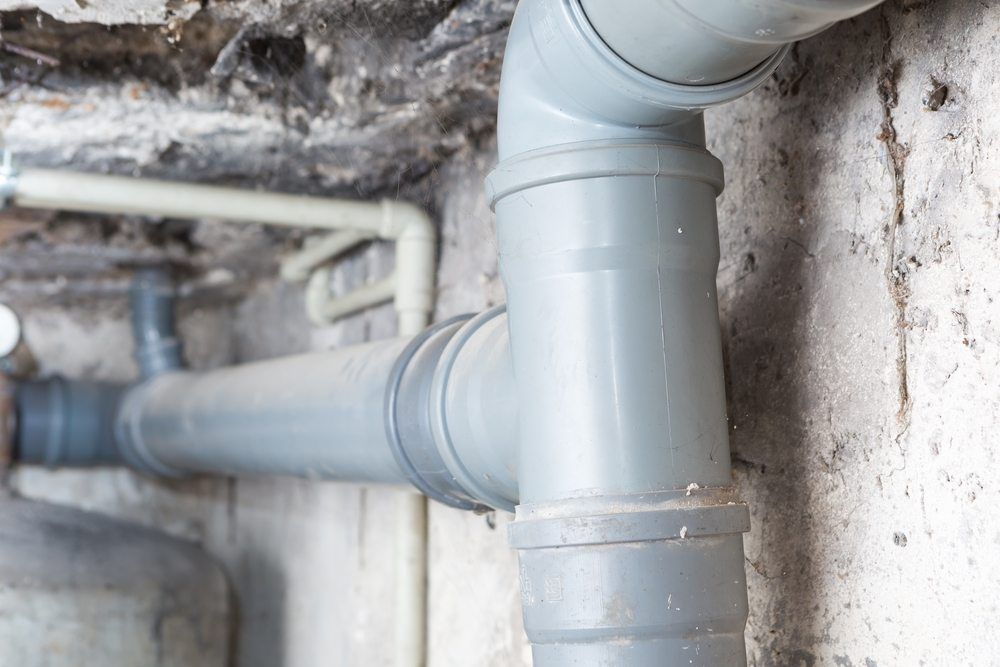Hurricanes are one of the most powerful natural disasters, yet they are also surrounded by numerous myths and misconceptions. When Hurricane Helene struck, it served as a reminder of how unpredictable and dangerous these storms can be. In this blog post, we’ll explore the top five myths about hurricanes and debunk them, using Hurricane Helene as a key reference point.

1. Myth: Hurricanes Only Hit Coastal Areas
One of the most common myths is that hurricanes, like Hurricane Helene, only affect coastal areas. While it’s true that coastal regions bear the brunt of the storm’s force, hurricanes can impact areas far inland as well.
Debunking the Myth:
Hurricane Helene’s reach extended well beyond the coastline. As the storm moved inland, it caused widespread damage in areas previously thought to be safe from hurricane-force winds. Inland flooding, heavy rain, and strong winds are common consequences of hurricanes that don’t stop once the storm hits land. As Helene demonstrated, even cities and towns located hundreds of miles from the coast were affected by flooding and power outages.
2. Myth: Only Strong Hurricanes Are Dangerous
Many people believe that only hurricanes rated Category 3 or higher on the Saffir-Simpson scale are dangerous. This myth leads to complacency when facing weaker storms.
Debunking the Myth:
Although Hurricane Helene wasn’t classified as one of the strongest hurricanes in history, it still caused significant destruction. Even lower-category storms can result in deadly storm surges, widespread flooding, and dangerous winds. Helene proved that even Category 1 or 2 hurricanes can wreak havoc, especially in areas with weak infrastructure. The storm’s aftermath highlighted how important it is to take every hurricane seriously, regardless of its category.
3. Myth: Hurricanes Are Predictable Weeks in Advance
There’s a widespread belief that with modern technology, meteorologists can predict the exact path of hurricanes like Hurricane Helene weeks ahead of time. Many people feel they have plenty of time to prepare or evacuate based on long-range forecasts.
Debunking the Myth:
Hurricane Helene showed just how unpredictable hurricanes can be. While meteorologists provide forecasts and models, the actual path of a hurricane can change suddenly due to shifts in atmospheric conditions. Helene’s trajectory shifted unexpectedly at times, making last-minute preparations necessary. The storm was a stark reminder that while early predictions are helpful, relying on them too heavily can lead to under-preparation.
4. Myth: Opening Windows Helps Equalize Pressure in Your Home
Some people believe that opening windows during a hurricane can prevent the buildup of pressure inside a house, reducing the risk of structural damage.
Debunking the Myth:
This myth has been thoroughly debunked by hurricane experts, and Hurricane Helene underscored how dangerous it can be. Opening windows during a hurricane can actually increase the risk of damage by allowing high winds and debris to enter the home. Hurricane Helene, like many other storms, demonstrated that the best way to protect your home is by securing windows with shutters or plywood. During Helene, homes with reinforced windows fared much better than those that relied on outdated safety myths.
5. Myth: You’re Safe Once the Eye of the Hurricane Passes
The eye of the hurricane is often associated with a period of calm, leading many to believe that once it passes, the danger is over.
Debunking the Myth:
Hurricane Helene provided a clear example of why this is a dangerous misconception. While the eye of the hurricane brings a temporary lull in the storm, it’s often followed by the more dangerous side of the storm, known as the “backside.” Many people were caught off guard when Helene’s eye passed, thinking the storm was over, only to face stronger winds and rain once the backside of the storm arrived. It’s crucial to stay sheltered until officials declare the all-clear after the entire storm has passed.
Conclusion
Hurricane Helene was a powerful reminder that hurricanes can defy expectations and challenge commonly held beliefs. From inland destruction to the dangers of even lower-category storms, Helene’s impact debunked several myths that often lead to underestimation of hurricane risks. Understanding the reality of hurricanes, as highlighted by Hurricane Helene, is crucial for ensuring better preparation and safety in the face of future storms.
By staying informed and avoiding these misconceptions, you can protect yourself, your family, and your property when the next hurricane, much like Hurricane Helene, makes landfall.
Call PuroClean Today for Your Water Damage Restoration Needs
PuroClean’s property restoration experts are available 24/7 to help with fire damage, water damage restoration, mold remediation, biohazard cleanups, and more. As the “Paramedics of Property Damage®,” we are the first responders of property restoration, providing emergency service when you truly need it. We assist both residential and commercial clients. To schedule an appointment with the PuroClean of Melbourne office, please visit our website or call us at (321) 378-2400.




 PuroClean of Melbourne
PuroClean of Melbourne